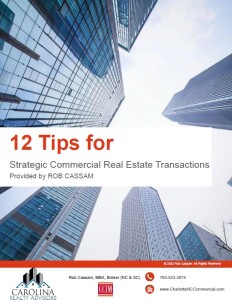In this issue
- How To Finance A New Land Development
- The Self-Storage Facility Investment
- The Marketing Of A Commercial Building Or Apartment
- Owner Requirements For Effective Management/li>
When an investor purchases land to build on, the next step is land development and financing. “Land development” cannot be precisely defined; generally, it refers to the physical, legal, and engineering processes needed to convert raw land to land (or lots) on which buildings can be placed….(more)
One in ten U.S. households now rent a self-storage unit. The growing demand for self-storage in the U.S. is created by people moving (some 40 million people move each year according to U.S. Census data), and by various lifestyle transitions, such as marriage, divorce, retirement, a death in the family, etc. Recent surveys of self-storage companies indicate a positive trend in market demand and occupancy rate. The increased demand for storage space outside the home include the larger number of apartment dwellers who do not have any storage space for their increasing amount of possessions–usually household goods, and outdoor recreational equipment……(more)
A new tenant and an investor share the same first impression of a commercial building or an apartment property. That first impression is crucial. Before marketing the property, think about the outside appearance. The “look” affects both tenants and buyers. The following is a checklist of first-impression items that a good property manager must use: …(more)
Real estate investments can be set up to generate one or more types of returns:
Cash flow to owners (yield or return on investment).
Appreciation of owner’s capital (capital appreciation).
Shelter of cash flow and/or other income from taxation (tax benefits).
Preservation of capital (safety)….(more)




